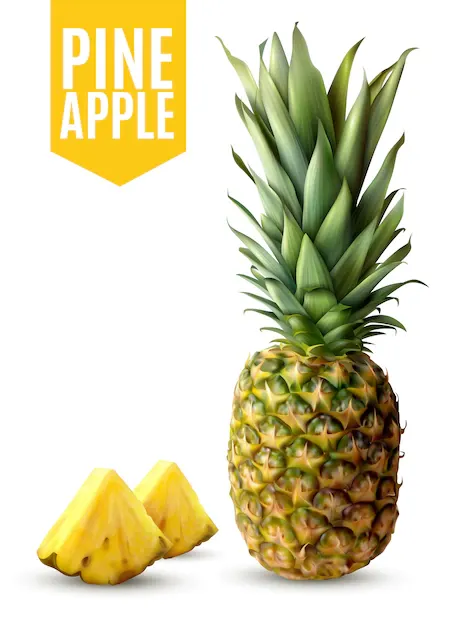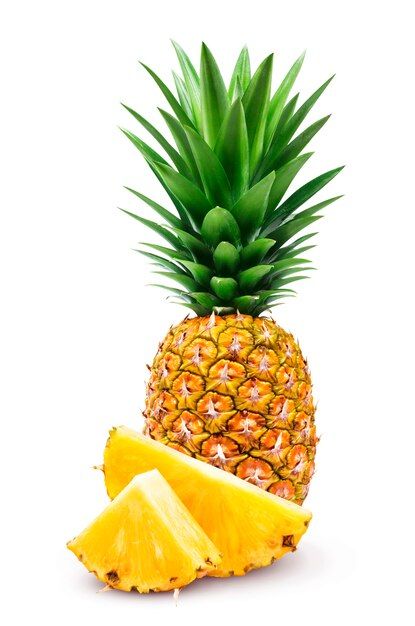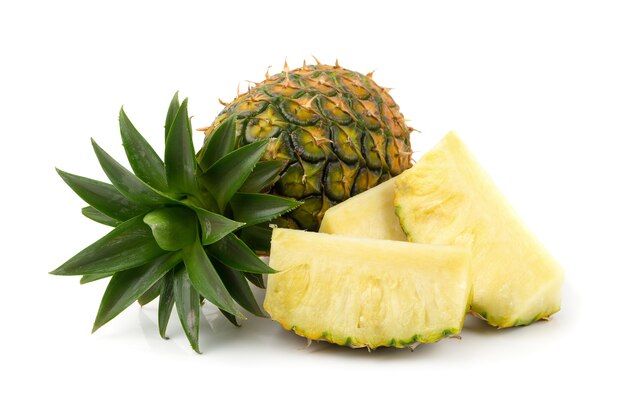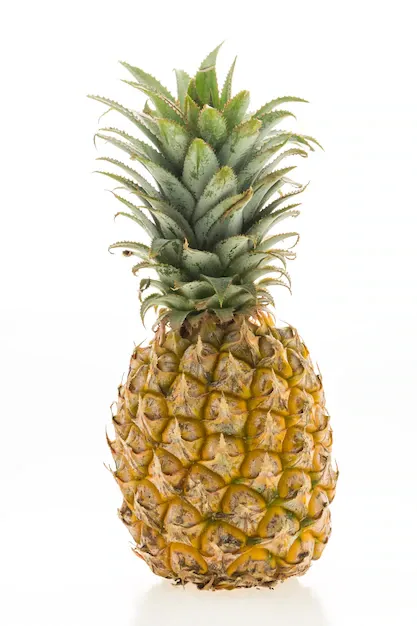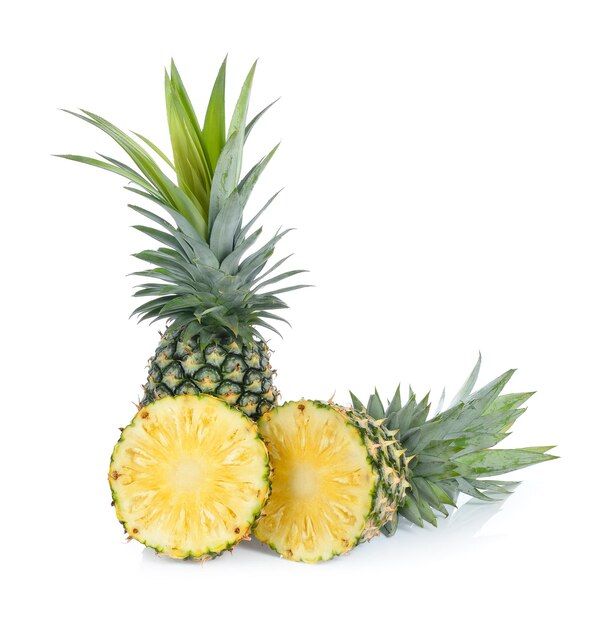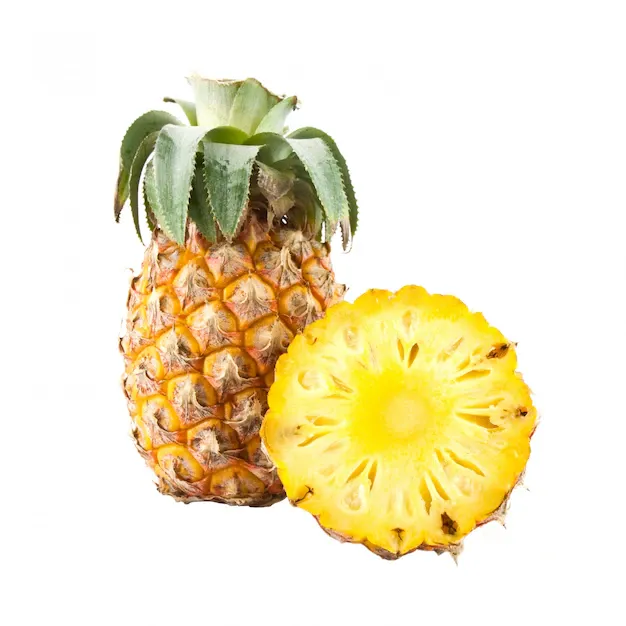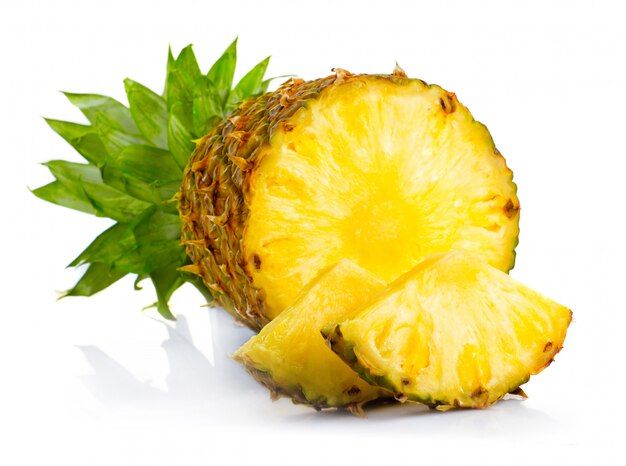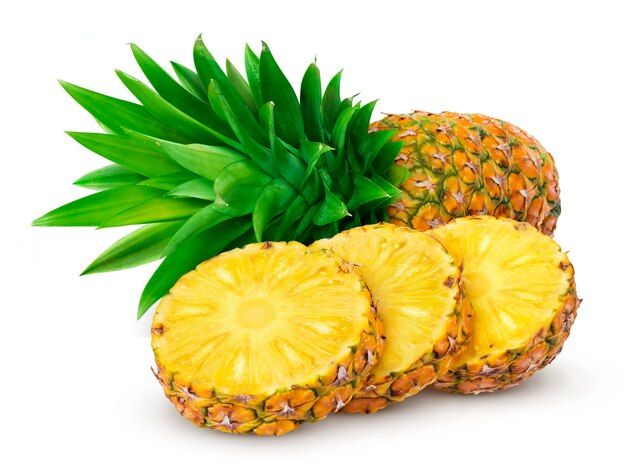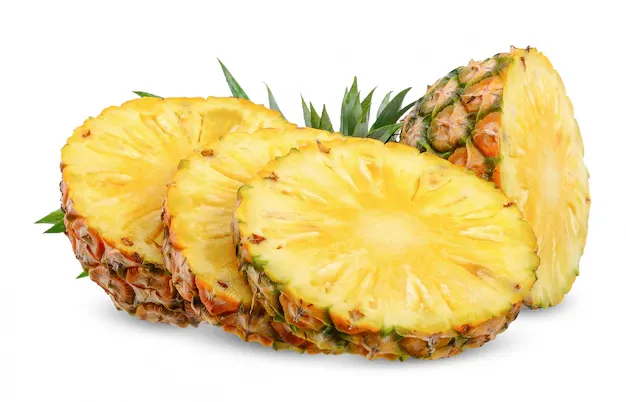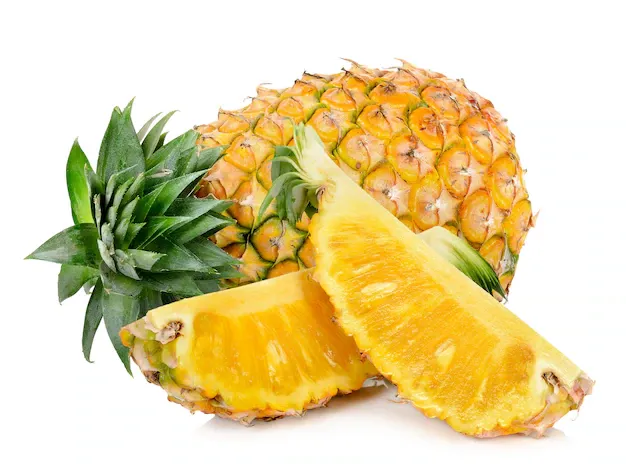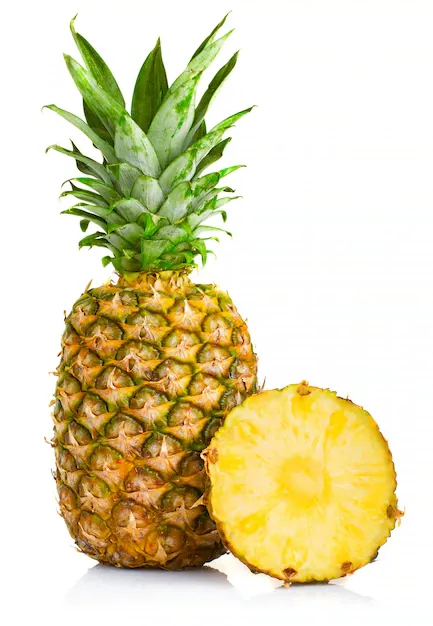Assalamu Alaikum friends
Pineapple is a tropical fruit known for its delicious taste and numerous health benefits. It is rich in essential nutrients, antioxidants, and enzymes that support overall health. Pineapple is widely cultivated in tropical and subtropical regions, contributing significantly to the agricultural economy. This article explores the benefits of pineapple and provides a detailed guide to its cultivation.
Nutritional Value of Pineapple
Pineapple is packed with essential vitamins, minerals, and antioxidants. A 100-gram serving of pineapple contains:
Calories: 50Carbohydrates: 13.1 gSugars: 9.9 gFiber: 1.4 gVitamin C: 79% of the Recommended Daily Intake (RDI)Manganese: 44% of the RDIVitamin B6: 5% of the RDICopper: 9% of the RDIFolate: 5% of the RDI
Pineapple is also a rich source of bromelain, an enzyme with anti-inflammatory and digestive benefits.
Health Benefits of Pineapple
Boosts Immunity
Pineapple is loaded with vitamin C, which strengthens the immune system. It helps the body fight infections, reduce inflammation, and promote wound healing.
Supports Digestion
The enzyme bromelain found in pineapple aids digestion by breaking down proteins. It helps prevent bloating, constipation, and indigestion.
Anti-Inflammatory Properties
Bromelain also has anti-inflammatory effects, making it beneficial for conditions like arthritis, sinusitis, and muscle soreness. It reduces pain and swelling in the body.
Improves Heart Health
Pineapple contains antioxidants and fiber, which help lower bad cholesterol (LDL) and improve heart health. The potassium in pineapple regulates blood pressure, reducing the risk of heart disease.
Enhances Skin and Hair Health
Vitamin C in pineapple promotes collagen production, which improves skin elasticity and prevents wrinkles. The antioxidants help protect against skin damage caused by UV rays and pollution.
Aids Weight Loss
Pineapple is low in calories and rich in fiber, making it an excellent addition to a weight-loss diet. It keeps you full for longer and prevents overeating.
Supports Eye Health
Pineapple contains beta-carotene and vitamin A, which help maintain good vision and reduce the risk of age-related macular degeneration.
Promotes Bone Health
The high manganese content in pineapple strengthens bones and prevents osteoporosis. Manganese also supports enzyme function and metabolism.
Reduces Cancer Risk
Bromelain and antioxidants in pineapple help reduce oxidative stress and inflammation, lowering the risk of cancer. Some studies suggest that bromelain may slow the growth of certain cancer cells.
Improves Mental Health
Pineapple contains serotonin-boosting compounds, which help improve mood and reduce stress, anxiety, and depression.
Pineapple Cultivation
Suitable Climate and Soil
Climate: Pineapple thrives in tropical and subtropical climates with temperatures ranging from 20°C to 35°C. It requires moderate rainfall (1000-1500 mm per year) and good sunlight.
Soil: Pineapple grows best in well-drained, sandy loam soil with a pH of 4.5 to 6.5. The soil should be rich in organic matter and free from waterlogging.
Propagation Methods
Pineapple is propagated through suckers, slips, and crowns, as it does not produce viable seeds.
Suckers: Shoots that grow from the base of the plant.
Slips: Small plants that emerge from the fruit stalk.
Crowns: The leafy top of the fruit, which can be replanted.
Land Preparation
Clear the land and remove weeds.
Plow the soil 2-3 times to improve aeration.
Add organic compost or well-decomposed manure to enhance soil fertility.
Prepare raised beds or ridges for planting.
Planting Techniques
Spacing: Plant suckers or slips 30-50 cm apart, with 60-90 cm between rows.
Depth: Plant at a depth of 5-7 cm in well-prepared soil.
Planting Time: The best time for planting is during the rainy season (June-September).
Irrigation and Water Management
Pineapple requires moderate watering. Overwatering can cause root rot.
In dry areas, irrigation should be done every 10-15 days.
Drip irrigation is recommended for water efficiency.
Fertilizer Application
Organic Fertilizers: Apply compost, farmyard manure, or vermicompost before planting.
hemical Fertilizers: Use nitrogen (N), phosphorus (P), and potassium (K) fertilizers in balanced amounts.
Fertilization Schedule:
Apply urea (10-15 g per plant) after 3 months.
Use potassium sulfate to improve fruit quality.
Repeat fertilization every 3-4 months until flowering.
Weed and Pest Management
Weeding: Manual or chemical weeding should be done regularly to prevent competition for nutrients.
Common Pests:
Mealybugs: Controlled using neem oil or insecticides.
Fruit Borers: Prevented by removing infected plants.
Aphids: Can be managed with organic sprays or insecticides.
Diseases:
Heart Rot: Caused by waterlogging; avoid excess irrigation.
Leaf Spot: Treated with fungicides.
Fusarium Wilt: Controlled by using disease-resistant varieties.
Flower Induction and Fruit Development
Pineapple flowers naturally within 12-15 months, but flowering can be induced using ethylene or calcium carbide.
Fruits develop 4-6 months after flowering.
Mature pineapples have a golden-yellow color and emit a sweet aroma.
Harvesting
Pineapples are ready for harvest 16-24 months after planting.
Fruits should be harvested when they turn yellow at the base.
Use sharp knives to cut the fruit with a short stalk to avoid damage.
Post-Harvest Handling and Storage
Sorting and Grading: Separate pineapples based on size and ripeness.
Storage: Store at 10-13°C for up to 2 weeks.
Processing: Pineapple is used in juice, canned products, jams, and dried fruit.
Economic Importance of Pineapple
Pineapple cultivation provides income to farmers and contributes to the economy. The global demand for fresh and processed pineapple is increasing, making it a profitable crop. Leading pineapple-producing countries include Thailand, the Philippines, Indonesia, India, and Brazil.
Value-Added Products
Fresh pineapple slices
Pineapple juice
Canned pineapple
Pineapple jam and jelly
Dried pineapple snacks
Pineapple vinegar and wine
Rich in Nutrients
Pineapple is packed with essential vitamins and minerals, including vitamin C, vitamin B6, manganese, and fiber. These nutrients support overall health and well-being.
Boosts Immunity
The high vitamin C content in pineapple strengthens the immune system, helping the body fight infections and diseases.
Aids Digestion
Pineapple contains bromelain, an enzyme that helps break down proteins and supports digestion. It also reduces bloating and constipation.
Supports Heart Health
The antioxidants and fiber in pineapple contribute to better heart health by reducing bad cholesterol levels and preventing heart disease.
Anti-Inflammatory Properties
Bromelain in pineapple has powerful anti-inflammatory properties that help reduce pain and swelling, especially in conditions like arthritis.
Promotes Healthy Skin
Vitamin C and antioxidants in pineapple help maintain healthy skin by reducing wrinkles, promoting collagen production, and preventing damage from free radicals.
Aids in Weight Loss
Pineapple is low in calories and high in water content, making it a great option for weight management. Its fiber content also helps control appetite.
Supports Eye Health
The presence of beta-carotene and vitamin A in pineapple promotes good vision and prevents age-related eye diseases.
Suitable Climate and Soil
Pineapples thrive in tropical and subtropical climates with temperatures between 20-35°C.
Well-drained sandy loam or lateritic soil with a pH of 4.5-6.5 is ideal for cultivation.
Propagation
Pineapple is propagated through suckers, slips, and crowns.
Among these, suckers are the most commonly used planting material for commercial cultivation.
Planting Process
Land should be well-prepared with proper plowing and drainage.
Pineapple plants should be spaced 30-50 cm apart for optimal growth.
The planting depth is around 8-10 cm.
Irrigation and Fertilization
Pineapples require moderate watering, with increased irrigation during dry seasons.
Fertilizers rich in nitrogen, phosphorus, and potassium (NPK) should be applied at different growth stages for better yield.
Weed and Pest Control
Regular weeding is essential to prevent competition for nutrients.
Common pests include mealybugs, scale insects, and nematodes. Organic pesticides or biological control methods can be used to manage infestations.
Flower Induction and Harvesting
Farmers use ethylene or calcium carbide to induce flowering for synchronized fruit production.
Pineapples are ready for harvest 12-18 months after planting. The fruit is harvested when the skin turns yellow, indicating ripeness.
Post-Harvest Handling
Proper storage and transportation are necessary to prevent damage.
Pineapples can be consumed fresh, canned, or processed into juices, jams, and dried fruit.
Ending here today..........
❤️ Thanks for visiting my blog.
I hope you like this blog.
If you like the blog, let me know through the comment.
See you again in the next blog.
Stay healthy, be careful and follow me.
And Subscribe my YouTube Channel
https://youtube.com/@littlerafi-h6l?si=tyZIp4JJPDkbTQtL

